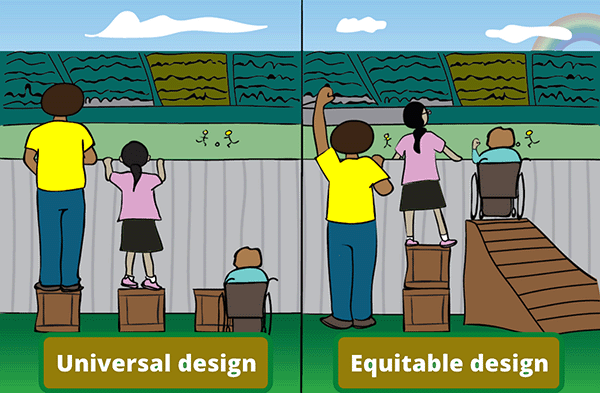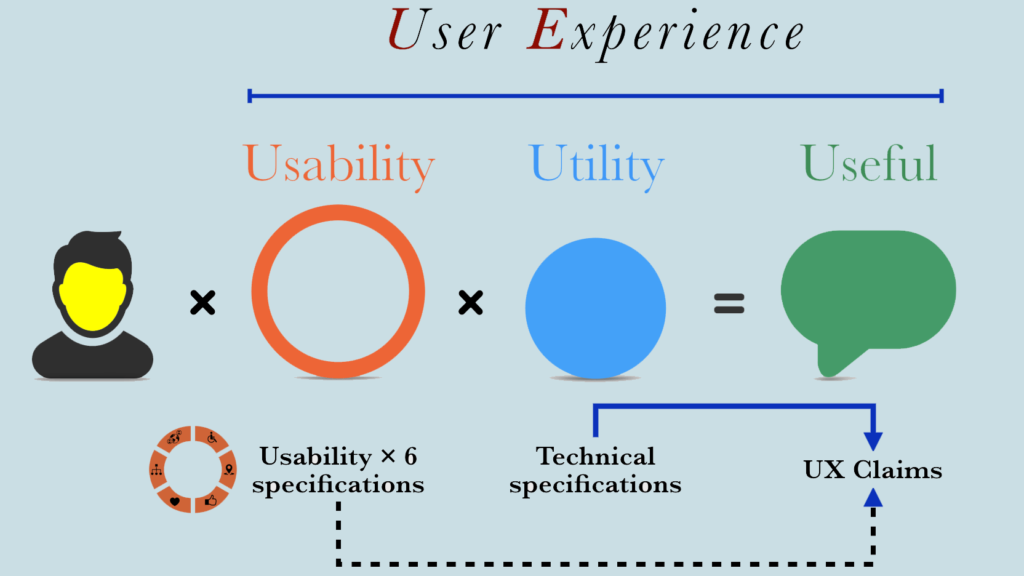Key Elements of UX Design like usability, accessibility, visual design, content strategy, user research, interaction design, information architecture, and responsiveness are important. Real-world examples of these elements in action can be seen in user-friendly websites, apps, and products that provide seamless, engaging, and satisfying user experiences.
IN CASE YOU WANNA KNOW: 8 Different Fields in UX Design
Table of Contents
- Defining User Experience and UX Design
- Key Elements of a Good User Experience
- UX Design in Action: Real-World Examples
- UX Design in Action: Real-World Examples
- The Importance of UX Design for Businesses
- Frequently Asked Questions (FAQs)
- Conclusion
In today’s fast-paced digital world, user experience (UX) designers play a crucial role in shaping how users interact with technology. From websites and apps to physical products, their work is focused on making these experiences more enjoyable, efficient, and user-friendly. In this article, we’ll explore the concept of user experience and UX design and examine why it holds significant importance for both consumers and businesses.
Defining User Experience and UX Design
User experience refers to how a person perceives and feels about interacting with a product, which can be a physical item or a technology-based service or feature. UX designers are responsible for crafting these experiences, ensuring they are usable, equitable, enjoyable, and useful for the end-users.
Key Elements of UX design For Good User Experience
To create a positive good user experience using UX Design, certain elements need to be considered:
1. Usability:
In UX Design usability involves making the product easy to use for everyone, regardless of their background or abilities. For example, the redesign of a ketchup bottle from glass to a squeezable plastic container improved usability, allowing users to control the amount of ketchup they dispense easily.


2. Consistency:
Consistency is about providing a uniform and predictable experience. A consistent design:
- Ensures that elements like buttons, icons, and terminology remain the same throughout the product.
- Reduces user confusion and enhances familiarity.
3. Simplicity:
Simplicity is the art of eliminating unnecessary complexity. A simple design:
- Focuses on essential features, reducing cognitive load.
- Prioritizes clarity and ease of use.
4. Visual Hierarchy:

Visual Hierarchy guides users’ attention to the most important elements. It involves:
- Proper use of typography, color, and spacing to emphasize key content.
- Ensuring that the most critical actions stand out.
5. Feedback and Responsiveness:
Feedback keeps users informed about the results of their actions. Responsiveness ensures that:
- Users receive immediate feedback when interacting with elements.
- The product adapts seamlessly to different devices and screen sizes.
6. Equitable Design:

UX designers must cater to the diverse needs and abilities of all users. Considering individuals with disabilities or varying life experiences helps in creating equitable designs that serve a broader audience.
7. Enjoyable Experience:
An enjoyable experience fosters a positive connection between the user and the product. By understanding users’ thoughts and feelings, UX designers can create products that evoke positive emotions. For instance, an online food ordering platform with images and reviews makes the process enjoyable by empowering users to make informed decisions.
8. Utility:

Utility refers to a product’s ability to solve users’ problems effectively. A map app providing accurate directions when a user is lost demonstrates utility. Products that lack utility are less likely to be favored by users.
UX Design in Action: Real-World Examples
To better understand these key elements, let’s explore real-world examples:
Example 1: Airbnb
Airbnb’s website and app excel in usability. The intuitive search feature, clear filters, and straightforward booking process make it easy for users to find and book accommodations.
Example 2: Apple
Apple’s commitment to accessibility is evident in its products. The Voice Over feature, which reads screen content aloud, enhances accessibility for visually impaired users.
Example 3: Google
Google’s search engine maintains a high level of consistency. The layout and design have remained relatively unchanged over the years, providing users with a familiar experience.
The Importance of UX Design for Businesses
Businesses that prioritize good usability and design reap significant benefits. Research conducted by McKinsey & Company across medical technology, consumer goods, and retail banking industries found that companies focusing on UX design outperformed their competitors.
User Retention and Recommendations:
When users have a positive experience with a product, they are more likely to use it frequently and recommend it to others. This word-of-mouth promotion leads to increased adoption and loyal customer bases.
Positive Brand Perception:
A good user experience reflects positively on the company that created the product. Users associate the positive experience with the brand, leading to increased trust and loyalty towards the company.
Competitive Advantage:
UX design can be a powerful differentiator for businesses. Companies that invest in UX design gain a competitive edge by offering superior products that are more user-friendly and appealing.
Influence on Business Performance:
The user experience directly impacts a company’s bottom line. A well-designed product attracts more users, resulting in increased revenue and market share.
The Role of UX Designers
Despite the benefits of UX design, some companies overlook its importance. As a UX designer, your role is critical in bridging this gap. Your expertise in crafting user-centric experiences can transform businesses by enhancing their products’ appeal and functionality.
Conclusion
User experience (UX) design is a fundamental aspect of technology development. It revolves around creating user-friendly, enjoyable, and useful experiences for consumers. The impact of good UX design extends beyond user satisfaction; it positively influences businesses by driving customer loyalty and growth. As a UX designer, you have the power to shape the future of technology by placing users at the heart of every design decision. So, that’s why we explain the Key elements of UX design in this article.
FAQs
What exactly is user experience (UX)?
User experience refers to how users feel about their interactions with a product or service, encompassing all aspects of their experience throughout the entire journey.
What makes up a good user experience?
A good user experience involves usability, equitable design, enjoyment, and usefulness, ensuring the product meets diverse user needs.
Why is UX design essential for businesses?
UX design positively impacts businesses by increasing user satisfaction, recommendations, and overall performance, leading to a stronger brand reputation.
How can UX designers create enjoyable experiences?
UX designers can create enjoyable experiences by understanding user needs through research and empathizing with their thoughts and feelings during the design process.
What is the role of UX designers?
UX designers advocate for users’ needs, bridging the gap between users and technology to create user-friendly and engaging products.


Pingback: 8 Fields of UX Design: Will Help You Choose One - AlliKnows